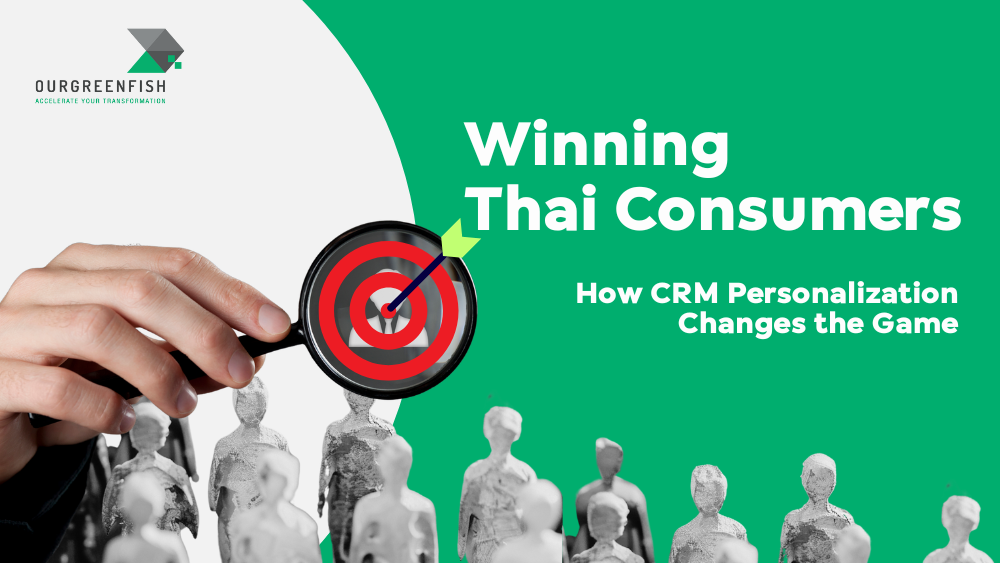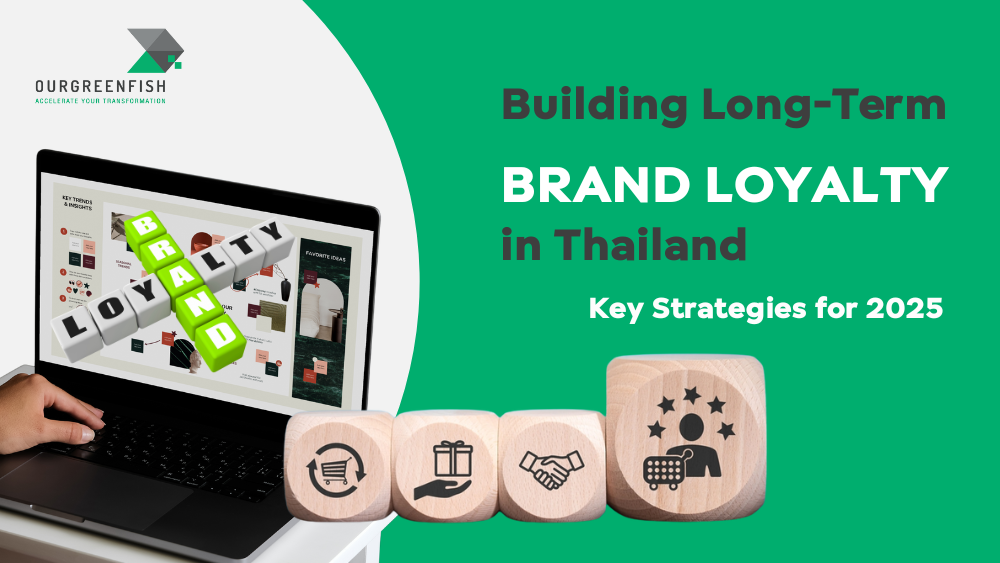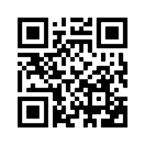In a market as culturally rich and behaviorally diverse as Thailand, generic campaigns no longer work. Thai consumers today are digitally savvy, emotionally driven, and regionally distinct. They expect businesses to not only recognize their needs but to anticipate them. This is where CRM personalization becomes a game-changer.
The traditional CRM model focused on centralizing customer data has evolved into a dynamic ecosystem that allows brands to deliver individualized experiences across multiple channels. Companies that thrive in Thailand are those that go beyond demographic segmentation and build emotional resonance through technology.
Why Generic Campaigns Fail in the Thai Context
The failure of generic marketing in Thailand isn’t merely a result of weak targeting; it stems from a misalignment with deep-rooted consumer expectations. Research shows that 61% of Thai consumers expect brands to tailor communications based on their behavior and preferences.
Key reasons generic strategies fail
- Cultural mismatch: Messages that ignore local nuances risk being tone-deaf.
- Channel overload: Sending the same message across LINE, Facebook, email, and SMS leads to saturation and disengagement.
- Lack of empathy: Thai consumers value emotional connection. Robotic messaging alienates rather than attracts.
Modern consumers demand hyper-personalized experiences that align with their identity, not just their transaction history.
Segmenting Thai Audiences : Cultural, Regional, and Behavioral Insights
Effective CRM personalization in Thailand begins with intelligent segmentation. While many brands stop at age or location, forward-thinking companies incorporate behavioral signals, regional identities, and cultural triggers into their CRM models.
Three segmentation dimensions for the Thai market
- Cultural Sensitivity
- Thai consumers in Bangkok vs. Chiang Mai differs in lifestyle and tone preference.
- Central region values convenience; northern regions respond better to community-driven messages.
- Behavioral Triggers
- Festival participation (e.g., Songkran shopping habits) can guide seasonal promotions.
- Engagement with LINE OA, coupon redemptions, and abandoned cart data offer dynamic insight.
- Social Status and Language Style
- Formal vs. informal tone (e.g., "ค่ะ/ครับ" vs. casual slang) matters based on the target age group and product.
Modern CRM systems like HubSpot and Segment, when localized and integrated with platforms like LINE, can execute this level of nuanced segmentation with precision
Dynamic Content That Resonates : What Works in Thai Markets
Personalization isn’t just about the "what"—it’s about the "how."
Thai consumers are highly responsive to content that aligns with
- Aesthetic appeal: Minimalist designs with Thai typography often outperform cluttered visuals.
- Localized visuals: Using local imagery (like temples, tuk-tuks, or Thai street markets) creates familiarity.
- Storytelling through emotion: Campaigns that tell emotional or familial stories (e.g., Mother’s Day gratitude themes) receive higher engagement.
Real-world Example
A leading wellness brand in Thailand saw a 40% lift in engagement by customizing its LINE messages during Thai Mother’s Day with regional dialects and personalized offers based on user behavior.
CRM personalization, when done right, turns data into empathy.

Building Trust Through Transparency and Empathy-Driven Communication
One of the unique characteristics of Thai consumers is their emphasis on trust and relationship-building. A CRM strategy that focuses solely on sales conversion overlooks this.
Empathy as Strategy
- Respond quickly via chat with real humans, not just bots.
- Use CRM to identify loyal users and send proactive messages like: “We noticed you haven’t visited in a while is everything okay?”
- Share behind-the-scenes content to build authenticity.
According to the book Customer Relationship Explained, emotional intelligence in CRM is a core factor in retaining long-term loyalty. Brands must shift from viewing customers as segments to treating them as long-term partners.
Integrating Multi-Channel CRM : A Thai-Specific Approach
Thai consumers don’t engage on a single channel; they live in an omnichannel world.
Key channels in Thailand
- LINE Official Account (OA): Still the dominant platform for customer service and offers.
- Facebook: Used for trust validation, testimonials, and community engagement.
- Email: Effective for professional services and premium offers.
- Offline: CRM must also reflect offline behaviors such as in-store purchases or event participation.
How integration changes the game
- LINE CRM allows HubSpot to send tailored messages based on customer behavior.
- Facebook remarketing integrated via CDPs like Segment improves ad relevance.
- Email workflows triggered by behavior (e.g., seminar sign-up via LINE) improve ROI.
- Offline touchpoints such as QR scans at stores sync directly with CRM to complete the picture.
When done correctly, multi-channel CRM turns fragmented data into a coherent customer journey that feels seamless to the user.
The Future : Predictive CRM and AI in Thai Consumer Engagement
The next evolution is predictive personalization. With AI tools embedded in platforms like HubSpot, Thai businesses can now
- Forecast buying intent based on LINE engagement.
- Recommend products based on previous regional behaviors.
- Trigger proactive customer support when a high-value client shows signs of churn.
Businesses adopting these technologies have reported 33% more engagement and 70% higher click-through rates in the Thai market.
CRM Personalization as a Competitive Edge in Thailand
In a market shaped by cultural intricacies and digital innovation, CRM personalization is no longer optional; it is strategic. Businesses that wish to thrive in Thailand must move beyond automation and into the realm of human-centric personalization. The brands that win aren’t the loudest, they are the ones that listen the best, respond with care, and personalize with intent.
By combining emotional intelligence, cultural insight, and advanced CRM technologies, businesses can transform customer relationships from transactional to transformational.
References : Business Explained. (2023). Customer Relationship Explained. Retrieved from https://www.business-explained.com
Read more articles :
What is CRM? How is it useful for business? (การทำ CRM คือ อะไร มีประโยชน์อย่างไรในการทำธุรกิจ)
Contact us
Tel : +66 2-0268918
E-mail : contact@ourgreen.co.th
Website : ourgreenfish.com

.webp?width=158&height=85&name=New-logo-Ourgreen%20(1).webp)


















No Comments